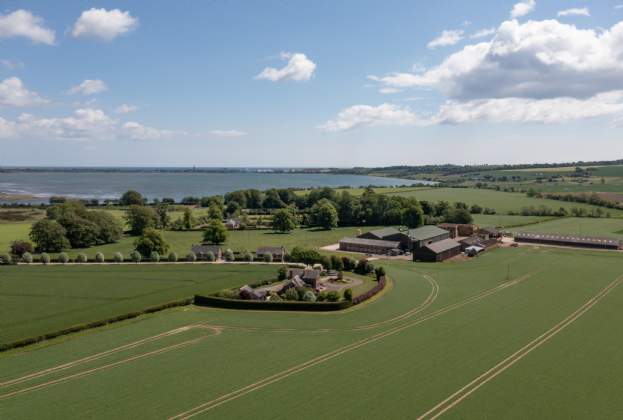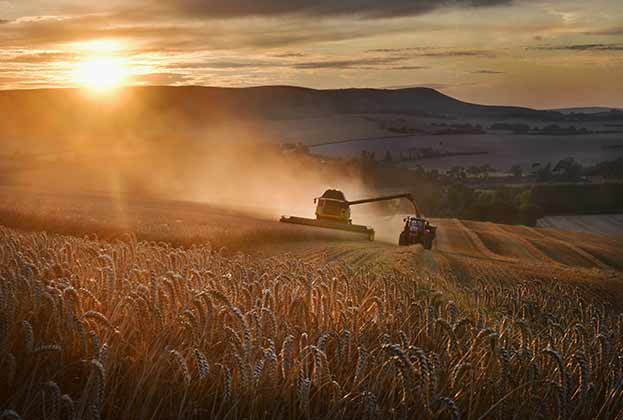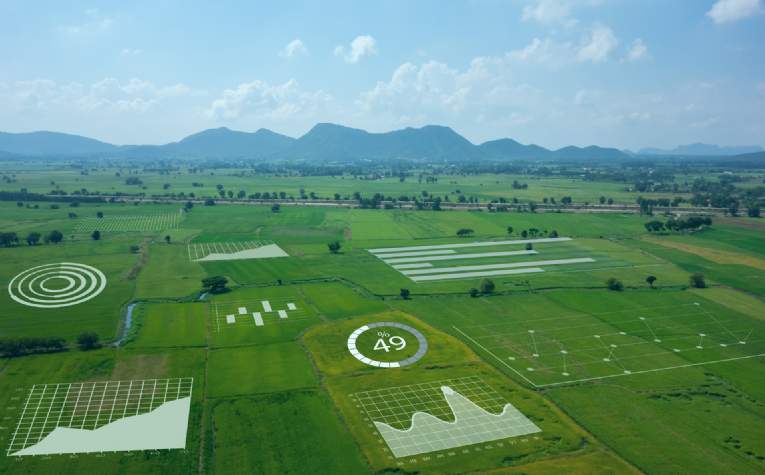Savills Research has been looking into the relative environmental impacts of the production of different protein sources. Taking into account greenhouse gas emissions, land and water use, it has discovered that the environmental impact of lamb is less than half that of beef to produce the equivalent amount of protein, with poultry just 19 per cent and cereals 9 per cent.
And in one year a vegan diet requires 3,650 bathtubs less water than a meat-based diet.
In the UK we consume around 84kg of meat per person per year, and we potentially exceed the recommended average daily protein requirement by as much as 80 per cent, but changes are afoot. There are now half a million vegans in the UK – a 360 per cent increase in 10 years, accoding to the Vegan Society – with meatless meals having varying motivating factors: health fears, weight management, animal welfare, cost and environmental concerns.
Livestock farmers who dismiss these trends as fringe behaviour will do their business no favours in the long term. Health and sustainability are driving factors for government decision-making, and several countries, including Sweden, Denmark and Germany, have discussed introducing a 'meat tax' to promote healthy eating and more sustainable diets.
It’s true red meat has acknowledged health benefits, providing vital nutrients such as B vitamins, zinc and iron, but medical experts including the World Health Organisation and the NHS are unequivocal about the association of red and processed meats with obesity, diabetes, heart disease and cancer.
And on the environmental side, large areas of land that could grow crops for humans or remain forested as carbon sinks, are cleared to grow ingredients for animal feed. In addition, cattle produce unwanted greenhouse gases to the tune of up to 500 litres of methane per cow per day.
But it is not all bad news for the livestock industry - there is a balance, half of the UK’s agricultural land is permanent pasture, which naturally captures carbon, and animal grazing contributes positively to land management and bio-diversity. Cattle also digest plentiful plant materials that humans can’t eat.
Lab-grown meat is now a leading 'tech trend', with serious investment from Silicon Valley. Insect protein, a dietary staple in the Far East, is attracting more and more interest and plant-based proteins such as beans and quinoa are already grown successfully in the UK. A changing climate could make other novel protein crops viable in the future.
The biggest investment in insect-farming is heat, but by aligning insect production to an anaerobic digestion plant, excess heat can be recycled. Insects also have an impressive capacity for converting food into body mass – a 90 per cent conversion rate compared with cattle’s 10 per cent. Insects can eat almost anything and still produce clean protein because of their bodies’ filtration system. Insect protein can also be turned into flour, added to bread or substituted for soya in animal feed
In the future alternative proteins could be used in processed food products, leaving UK farmers to focus on prime quality meat, produced to high welfare standards creating a good profit margin in niche markets.
Sustainability is going to be a key theme going forward, we have limited resources, consumer behaviour is changing and as food producers we can’t ignore these factors. In simple terms we need to ask the question – are we producing what the consumer wants, at the right price, at a sustainable cost and delivered to the right location?
Further information
Contact Savills Rural Research

.jpg)
.jpg)



.jpg)
.jpg)
.jpg)
.jpg)
